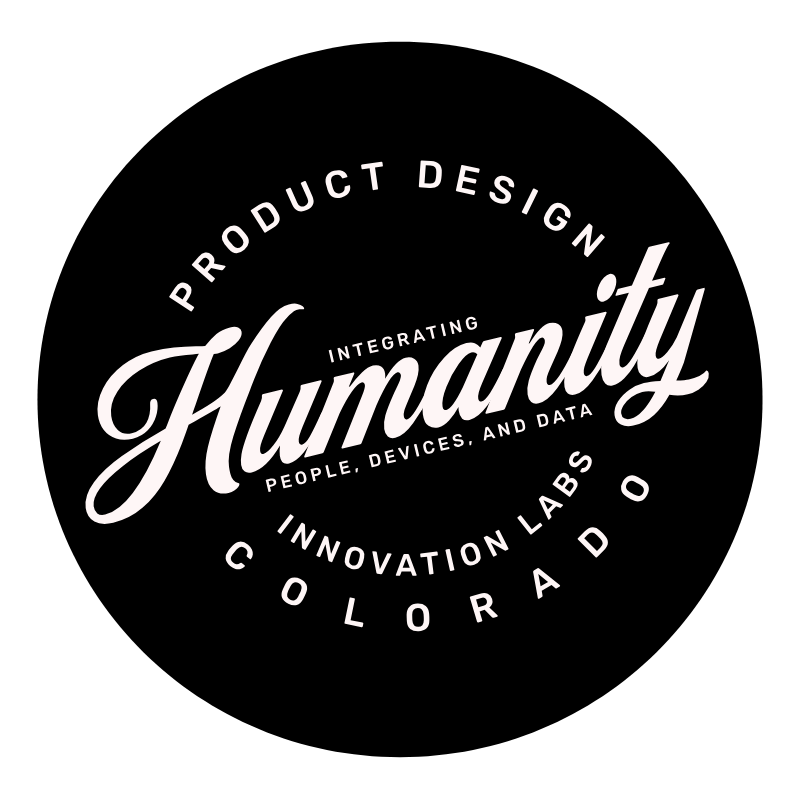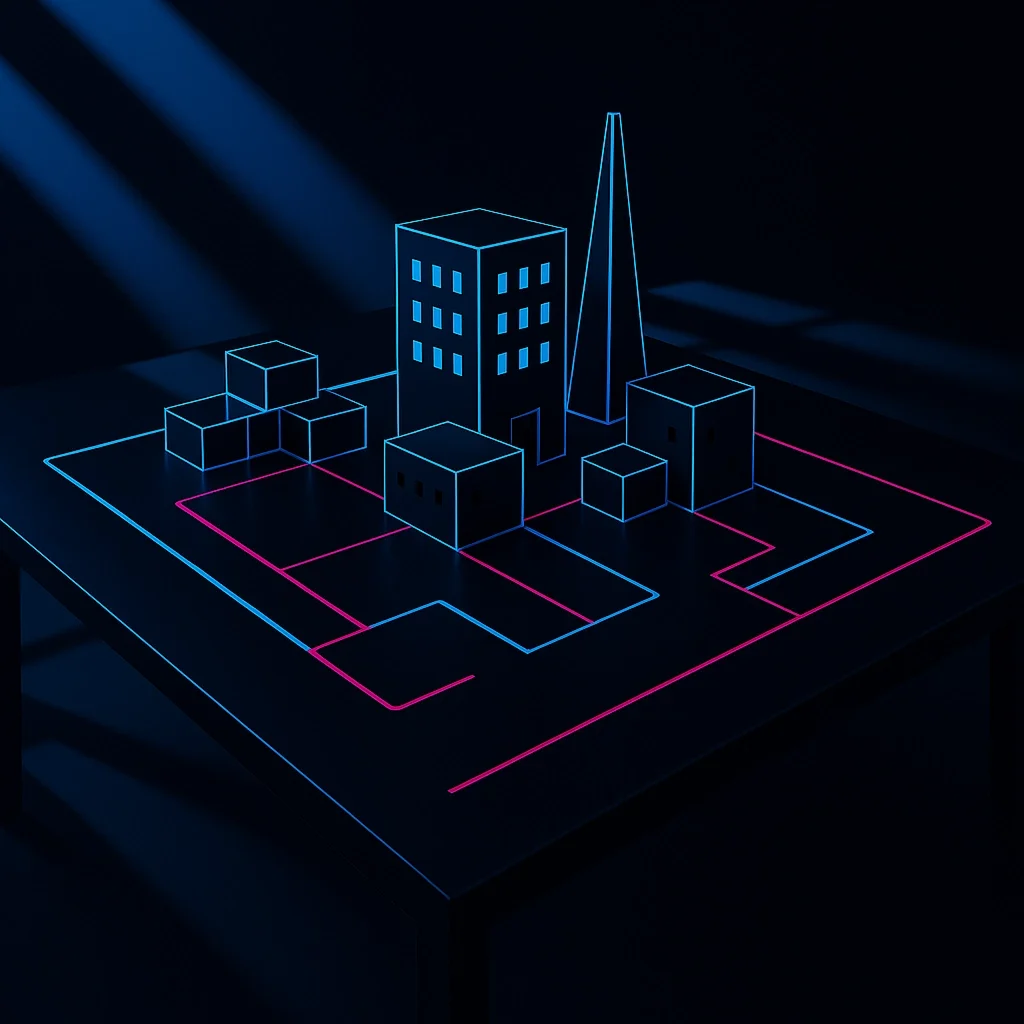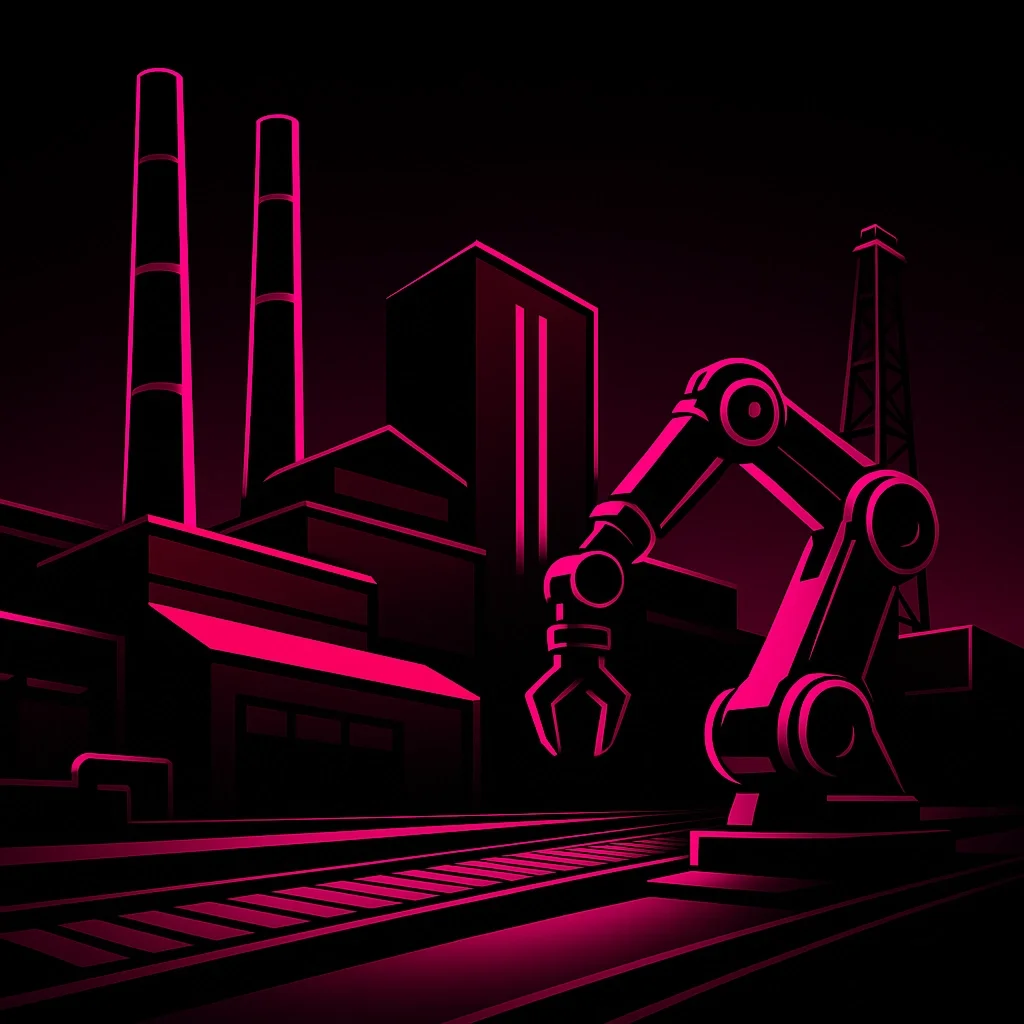Rapid Insight to Real Impact: How Fast User Research Synthesis Drives Industrial Efficiency
The Industrial Data Dilemma: Why Insight — Not More Data — Moves the Needle
Step onto any modern factory floor today and you’ll see a paradox in motion. Industrial environments generate more data than ever before. Sensors hum on every machine. Tablets line workstations. Dashboards glow in control rooms. Meanwhile, teams conduct hours of operator interviews and field observations to better understand how work really happens.
Yet despite all this information, far too many industrial product teams still build solutions that miss the mark. Why? Because too often, raw data and research never make the leap to actionable, integrated product decisions. The result is “analysis paralysis” — endless spreadsheets, disconnected insights, and ideas that never see daylight.
The cost is steep. Manufacturing teams can spend months refining a tool that doesn’t fit actual workflows. IoT dashboards overflow with data points that operators can’t or won’t use. Edge solutions solve theoretical problems but fail at the practical ones that matter most on the production floor.
When research synthesis breaks down, so does the promise of operational efficiency.
Why Industrial Contexts Raise the Stakes
In consumer tech, an inefficient feature can be quietly patched or A/B tested into oblivion. Not so on the factory floor. Downtime costs thousands — sometimes tens of thousands — of dollars per minute. Industrial safety standards mean every design choice is consequential. Legacy equipment demands careful integration. Skilled operators rarely have hours to spare for retraining or troubleshooting.
This reality creates a paradox: in industrial product development, thorough user research is essential — but slow, disconnected synthesis makes even the best research obsolete before it can guide design and engineering.
Fast Synthesis: The Bridge Between Data and Action
At Humanity Innovation Labs™, we see this problem repeatedly: teams drowning in operator insights, field notes, system logs — but starved for a clear path to product impact. To fix it, we help organizations move research from a static deliverable to a living, fast-moving asset that fuels smarter product decisions in real time.
Here’s how it works.
1. Capture Insights with Context
Effective synthesis begins with how you capture information in the first place. Raw quotes and disconnected observations bury insights instead of surfacing them.
Instead, we tag every note, comment, and observation with:
Job function: Is this pain point coming from an operator, maintenance tech, or floor supervisor?
Environment: Is it happening in high noise, low light, or harsh conditions?
Workflow phase: Which step in the process does this affect?
Severity: Is it an annoyance — or a safety-critical bottleneck?
This layered context turns a messy pile of notes into patterns that practically organize themselves.
2. Synthesize in Sprints, Not Marathons
Don’t wait until research wraps to start synthesizing. For industrial teams, we run quick synthesis sprints:
Daily debriefs: Quick 30-minute sessions keep findings fresh.
Bi-weekly pattern recognition: Cross-functional teams spot clusters and themes.
Theme workshops: We turn raw observations into clear opportunity areas.
This rhythm keeps insights moving at the speed of operations. Technical teams can start shaping solutions while research continues — instead of waiting for a final report that’s already stale.
3. Connect Qualitative and Quantitative Evidence
Factories generate endless operational data — cycle times, downtime stats, error rates. Yet many teams fail to link this hard data with what people actually experience on the floor.
Good synthesis ties them together:
Link operator complaints to real error spikes.
Validate workflow friction against cycle time slowdowns.
Cross-check new feature requests with system usage logs.
Map usability issues to near-miss safety incidents.
This validation not only strengthens your business case — it gives engineers and executives the confidence to prioritize fixes that deliver real impact.
Practical Tools That Keep It Moving
We use simple but powerful tools to keep synthesis practical, not theoretical:
Digital-Physical Maps
Visual workflows that connect physical actions (like lifting parts, checking gauges) to digital inputs (entering data, scanning barcodes) and environmental factors (noise, temperature, PPE constraints). This reveals how small design tweaks in a dashboard, for example, can remove big friction on the shop floor.
Prioritization Matrices for Industrial Impact
Not every problem is equal. We weigh each insight by:
Safety impact
Efficiency gains
Implementation complexity
Training requirements
ROI potential
This prevents teams from chasing the latest or loudest problem instead of the most valuable one.
Rapid Prototype Templates
In industrial contexts, speed matters. Pre-built dashboard layouts, standard alert frameworks, and modular interface patterns help teams move from insight to prototype — fast — without reinventing the wheel.
A Case in Point: From Overwhelmed to Operational Efficiency
One global industrial equipment manufacturer came to Humanity Innovation Labs with a familiar story:
40+ hours of operator interviews.
200+ pages of field notes.
1,000+ photos of machines in use.
A mountain of performance logs.
None of it was translating into clear product direction.
Within two weeks, our Fast Synthesis Framework flipped the script:
We mapped workflows, surfacing where maintenance processes broke down.
We quantified the cost of overlooked bottlenecks.
We prioritized fixes that engineering could tackle quickly, with maximum ROI.
The result? A redesigned control system that cut downtime by 32% and maintenance errors by 40% — delivering measurable gains that paid for the research tenfold.
Implementation: Making Fast Synthesis Stick
Moving from insight to impact requires more than tools — it demands a cultural shift.
Cross-functional synthesis teams — User researchers, engineers, ops managers, and QA working together ensures what’s possible gets done.
Consistent synthesis cadence — Daily debriefs, weekly pattern checks, and monthly roadmap updates keep synthesis alive, not archived.
Shared evaluation criteria — Teams need clear, agreed-upon standards for what makes an insight worth acting on.
Closing the Gap: Insight Becomes Efficiency
In industrial product development, the space between tribal knowledge and modern tech adoption is where the real ROI lives. Structured, fast research synthesis makes that bridge possible — turning raw operator know-how and endless IoT data into products and interfaces that actually drive uptime, quality, and safety.
It’s not about cutting corners on research. It’s about making sure what you learn actually shapes what you build — and how fast you build it.
At Humanity Innovation Labs™, we believe that when industrial teams move beyond guesswork, they unlock efficiency not just in machines and data streams — but in the very human workflows that keep the modern factory humming.
Ready to transform research into real impact?
Learn how our Fast Synthesis Framework can help your product teams move from buried insights to operational wins — faster than you thought possible.




